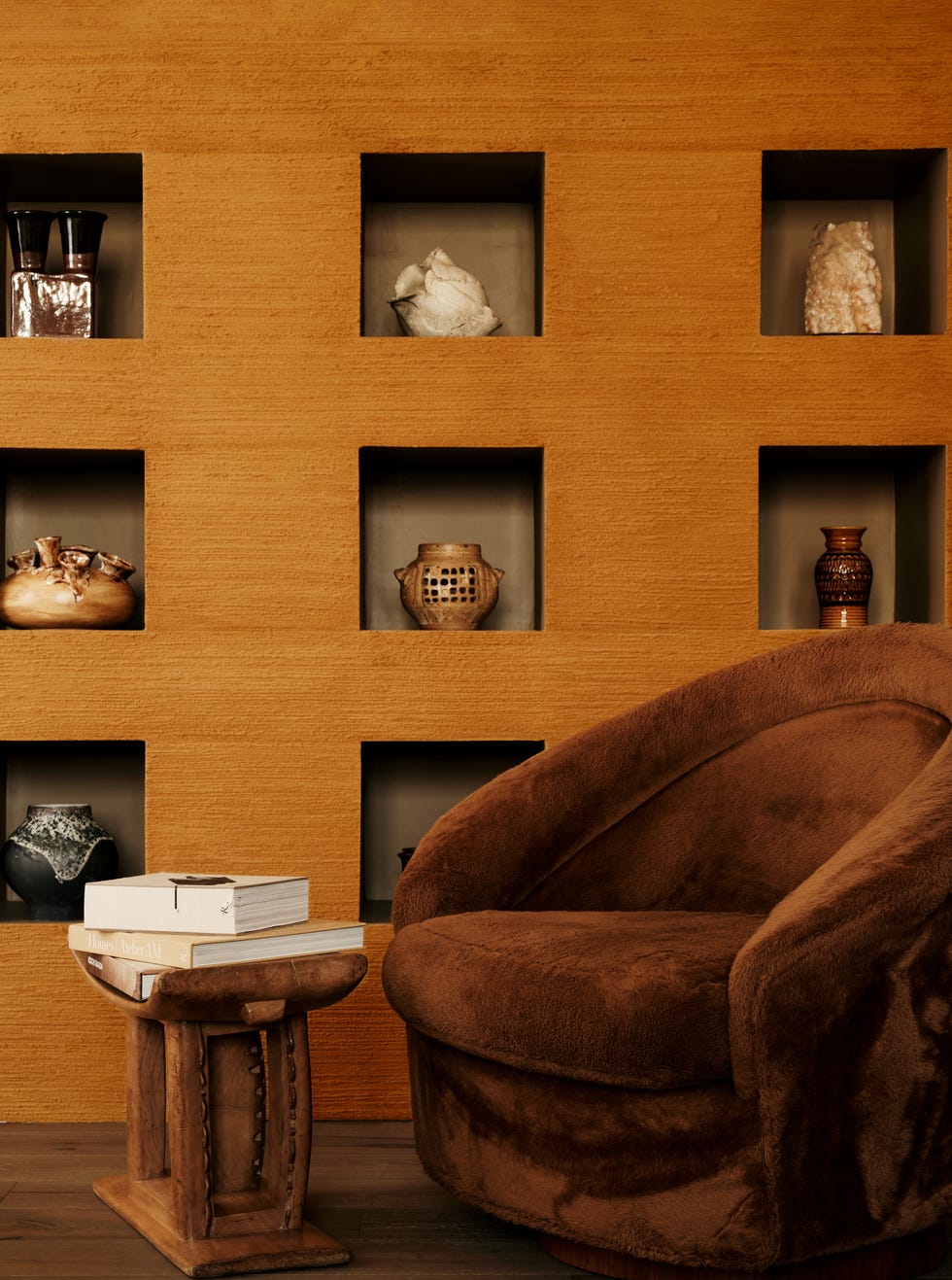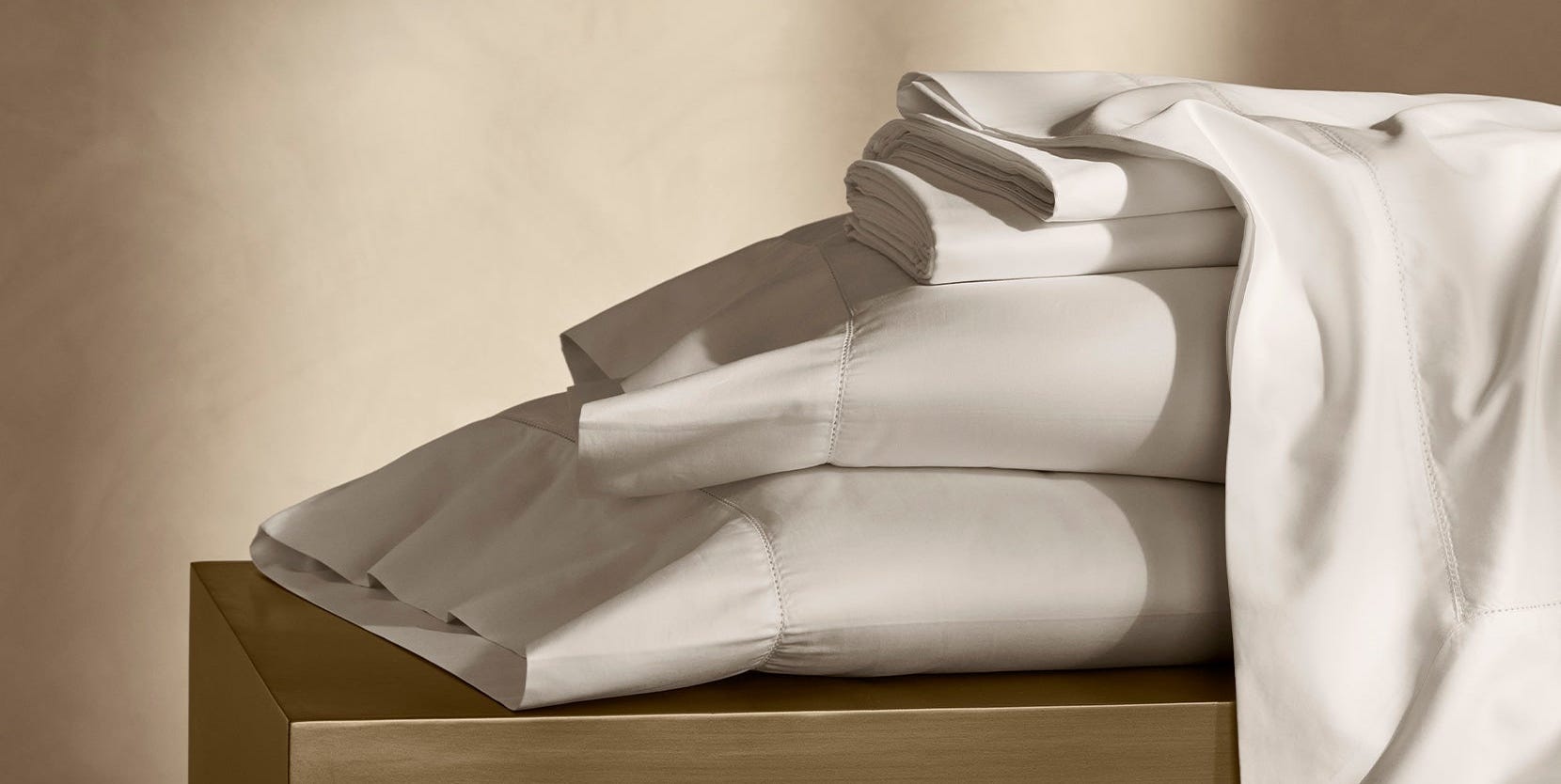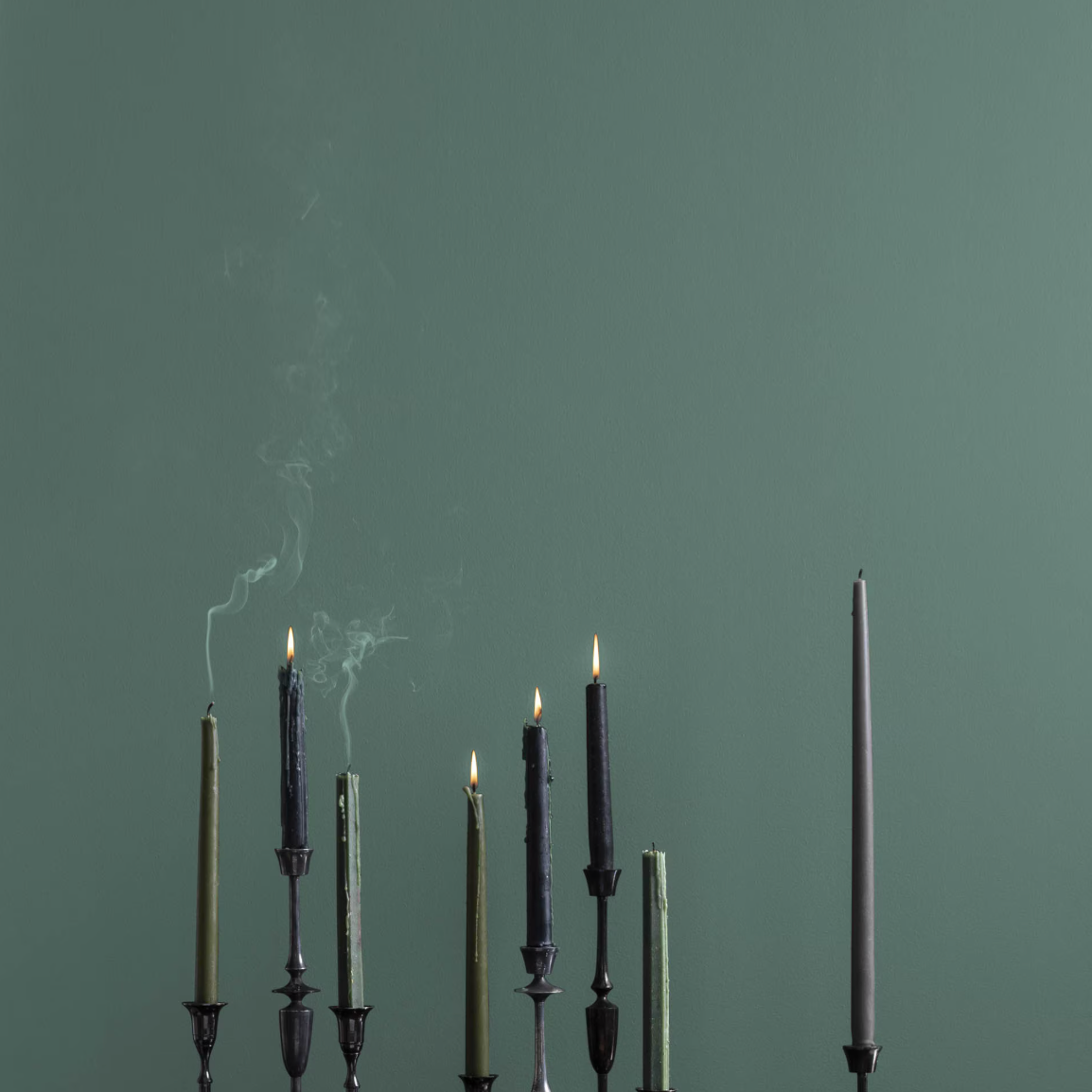What is it really that a gallerist is meant to do? To sell, yes, but also to cultivate. The best dealers are involved in every stage of an artist or designer’s career, including managing museum acquisitions, brokering important commissions and creating a sort of lore or language around an artist’s practice. It wasn’t always like this, however. French duo Gérard Dalmon and Pierre Staudenmeyer of Néotù, who opened their first New York gallery in 1990 after years dealing in Paris, were known for being at the forefront of this approach.
Now, 35 years later, the pair’s inventory and approach is being revived with the help of New York-based dealer and interior designer Michael Bargo, who curated an exhibition of works commissioned by Néotù opening May 12 at Manhattan’s Galerie Gabriel. Bargo, who is known for a deft handling of archival material and studious, sophisticated approach to interior design, including his work for The Row, paralleled perfectly with Dalmon and Staudenmeyer’s ethos.
“The choice of Michael was a very obvious one, because he reminds me of Staudenmeyer,” says the gallery’s founder, Nancy Gabriel. “He has this sharp curatorial eye and a deep knowledge of decorative art, design, fashion and interiors. He was the only choice.”
The project originally began ten years ago, when Gabriel met Sophie Mainier-Jullerot, a collaborator of Staudenmeyer and founder of Mouvements Modernes. They soon embarked on a collaborative research process that covered all of the information they could find on Néotù. Dalmon and Staudenmeyer worked with radical designers of the era like Garouste & Bonetti, Martin Szekely, Patrick Naggar, and Pucci de Rossi. In February of this year, Gabriel and Mainier-Jullerot reached out to Bargo.
Néotù’s program was at its core about freedom, says Gabriel. The gallery encouraged artists to go as far as they could, think as big as possible, and to privilege new ideas over accepted understandings of beauty. This adventurous approach inspired Bargo, he says. “It is quite easy to use overtly beautiful objects, colors, and fabrics all the time. On this project I used these really ugly colors that I would typically run away from. I like that creative challenge.”
This new show will include several rare works that had previously only been seen in private collections: A chair by Patrick Naggar from 1989 stands in one corner of Galerie Gabriel’s Sutton Tower penthouse, which is similar in spirit to Néotù’s original Soho loft space. Elsewhere, a wardrobe from 1989 by Martin Szekely stands like a monument to minimalism. The glass top of a Pucci de Rossi desk from 1988 balances delicately upon five gold orbs, while one of Dan Friedman’s quieter pieces—a three-legged desk in silver and cream—reads as somewhere between Star Wars and the Wolf of Wall Street. Also on show are several pieces by the best-known duo the gallery represented, Garouste & Bonetti. One distinct, pierced silver cabinet topped with bone-like formations from 1992 looks as if the Flintstone’s interior designer was let loose in the Wrightsman galleries of New York’s Metropolitan Museum of Art.
Bargo’s assemblage of Néotù’s inventory, much of it one-offs or small edition commissions, reflects his larger vision to bring museum-quality design into quotidian spaces. There is something scholarly about his work for The Row, treating the spaces he designs for the brand like the homes of discerning collectors whom he gently guides. “At New York School of Interior Design, the classes I loved most were the classes on the history of design, starting in the 16th century,” says Bargo. “When I moved to New York I bought a book a month and dove into each to really research and understand. Now I have an extensive library, which has become much more honed as my knowledge has grown.” When Gabriel approached Bargo about the Néotù project, she loaned him one of her books on Staudenmeyer.
Bargo found lessons applicable to the current day. “Staudenmeyer was so fearless. He had this ‘I don’t give a fuck attitude,” Bargo says. “Today, everything looks the same…The pieces he commissioned are radical, whimsical, some of them are even ugly, but there is something really beautiful about that.”
Bargo’s process entails familiarizing himself deeply with his clients in order to intimately understand and address their needs. When there is no singular client, he invents one, concocting a narrative around their life and then populating that narrative with furniture, fabrics, and objects.
From Paris to New York: 35 Years Later will run through October 17.









